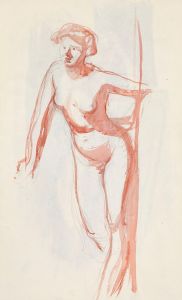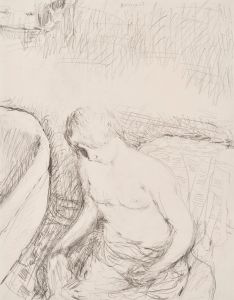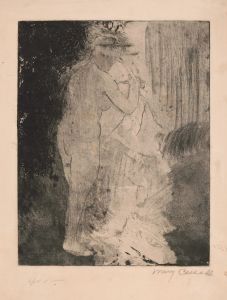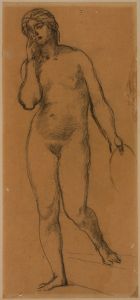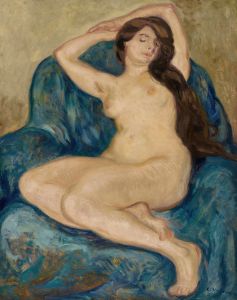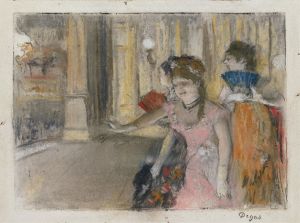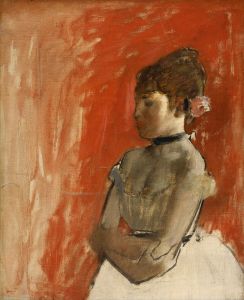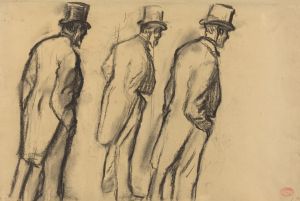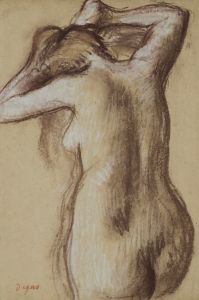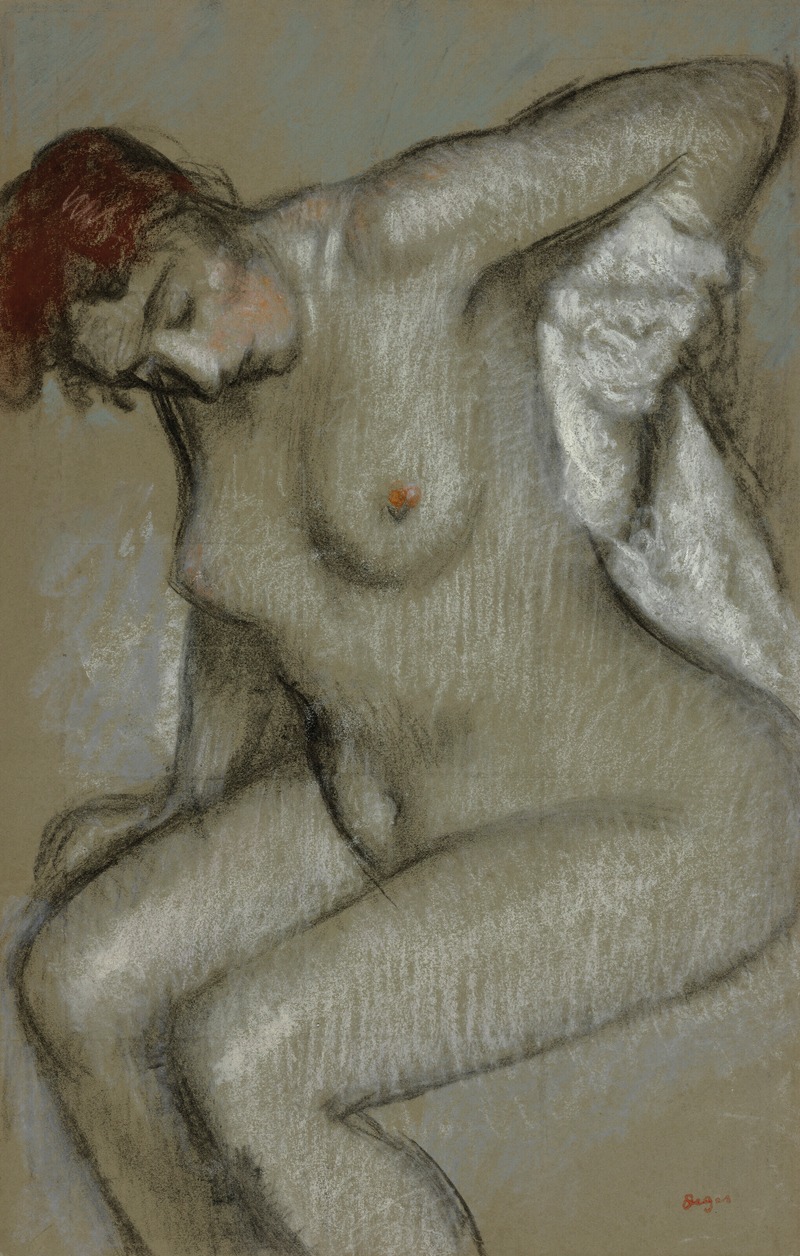
Femme nue s’essuyant
A hand-painted replica of Edgar Degas’s masterpiece Femme nue s’essuyant, meticulously crafted by professional artists to capture the true essence of the original. Each piece is created with museum-quality canvas and rare mineral pigments, carefully painted by experienced artists with delicate brushstrokes and rich, layered colors to perfectly recreate the texture of the original artwork. Unlike machine-printed reproductions, this hand-painted version brings the painting to life, infused with the artist’s emotions and skill in every stroke. Whether for personal collection or home decoration, it instantly elevates the artistic atmosphere of any space.
Edgar Degas, a prominent French artist associated with the Impressionist movement, is renowned for his mastery in capturing the human form, particularly through his depictions of dancers, women at their toilette, and other intimate scenes. One of his notable works, "Femme nue s’essuyant" (translated as "Nude Woman Drying Herself"), exemplifies his skill in portraying the human body in a natural and unguarded moment.
"Femme nue s’essuyant" is a pastel drawing that showcases Degas's fascination with the female form and his innovative approach to composition and technique. The artwork depicts a nude woman engaged in the simple, everyday act of drying herself after a bath. This subject matter is consistent with Degas's interest in capturing candid, unposed moments, offering a glimpse into private, often unseen aspects of life.
Degas's technique in this piece is notable for its use of pastel, a medium he favored for its ability to convey texture and color with immediacy and vibrancy. The pastel strokes in "Femme nue s’essuyant" are applied with a deft hand, creating a sense of movement and fluidity that enhances the realism of the scene. The choice of pastel also allows for a rich interplay of light and shadow, which Degas uses to accentuate the contours of the woman's body, lending the figure a three-dimensional quality.
The composition of "Femme nue s’essuyant" is carefully considered, with the figure positioned off-center, creating a dynamic balance within the frame. This compositional choice reflects Degas's interest in Japanese prints, which often employed asymmetrical arrangements and unusual perspectives. The influence of Japanese art is evident in the way Degas captures the spontaneity of the moment, as well as in his use of cropping to focus the viewer's attention on the subject.
Degas's depiction of women in various states of undress and engaged in personal activities has been the subject of much scholarly discussion. Some interpretations suggest that these works offer a voyeuristic glimpse into the private lives of women, while others argue that Degas's intent was to portray his subjects with empathy and respect, highlighting their natural beauty and individuality. Regardless of interpretation, "Femme nue s’essuyant" remains a testament to Degas's ability to capture the essence of his subjects with sensitivity and skill.
The artwork is part of a series of similar works by Degas that explore the theme of women at their toilette. These works collectively demonstrate his ongoing exploration of the human form and his commitment to pushing the boundaries of traditional artistic conventions. "Femme nue s’essuyant" is celebrated not only for its technical excellence but also for its contribution to the broader narrative of modern art, as it reflects the shifting attitudes towards representation and the depiction of everyday life during the late 19th century.
In summary, "Femme nue s’essuyant" by Edgar Degas is a quintessential example of the artist's innovative approach to capturing the human form. Through his masterful use of pastel and his keen eye for composition, Degas creates a work that is both intimate and universal, offering a timeless exploration of the beauty and complexity of the human experience.





